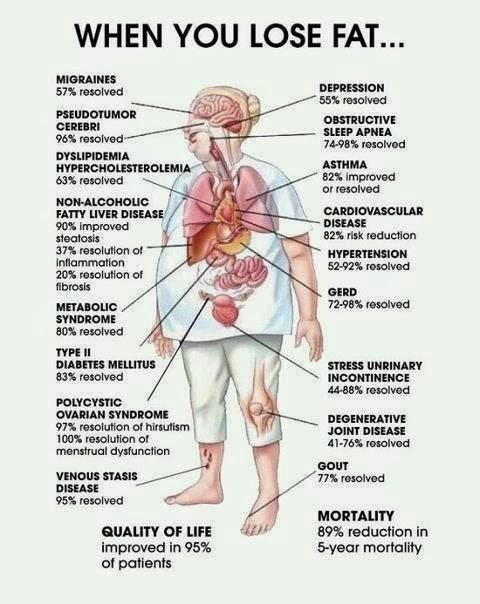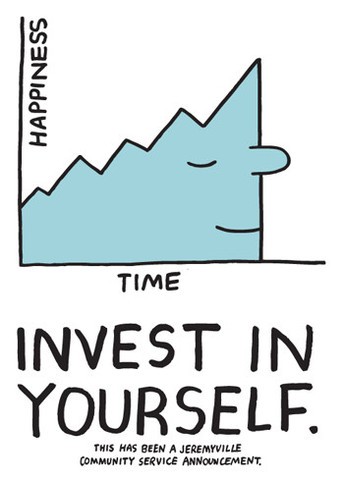In Investing You Get What You Don t Pay For
Post on: 7 Апрель, 2015 No Comment

Remarks by John C. Bogle
Founder and Former Chairman, The Vanguard Group
The World Money Show
February 2, 2005
Orlando, Florida
I’m delighted to be here again to keynote this conference. One very important thing has changed since I last spoke here six years ago, and two vital elements have remained unchanged. That single critical change, and those two things that have remained the same, have revealed three of the eternal verities of investing, and I’m pleased to address both the change and the constancy.
What has changed, and has changed radically, is the stock market environment. In 1999, with the market rapidly approaching its all-time peak, the bulls were rampant and optimism filled the air. Yet what gradually followed was a frightening bear market in which stocks dropped by 50 percent. After the 2002 low, we’ve seen a solid 60 percent recovery, although given the basic mathematics of investing, a recovery that leaves the present market level more than 20 percent below the peaka net loss of some $3 trillion. I sense much caution today, although, truth told, I also sense little bearishness.
Six years ago, we were looking back on two decades of truly sensational market return. But today, we are looking ahead to returns at far more subdued levels. How, you may ask, can I be so sure of that? The answer lies in the simple mathematics of investing. Stock market returns come from just two sources: investment return and speculative return. Investment return is the sum of the initial dividend yield on stocks, plus the subsequent rate of earnings growth. Speculative return is the impact of any change in the price investors are willing to pay for each dollar of those earnings. (You should know that over the long run investment return has accounted for about 100 percent of the market return and speculative return has contributed the remainderessentially nothing.) In the short run, however, speculative return matters enormously.
Two Markets, Two Returns

Let’s to the math with a simple example, looking at the returns stocks provided during the 1980s and 1990s. First, investment return: initial dividend yield, 4 percent; annual earnings growth, 6 percent; total investment return, 10 percent, both quite consistent with long-term historic trends.
What about speculative return? From 1980 to 1999, the price-earnings multiple took a giant leap from a fairly low level of 8 times to fully 32 times earnings, the highest level in history. That change in valuations alonea 300 percent increaseproduced 7 percent of speculative return per year. Added to the 10 percent investment return, the total return on stocks came to almost 18 percentthe highest two-decade return on stocks in all recorded history. Literally, we never had it so good.
What about speculative return? Of course, we have no idea what it will be. But we do know that, stocks are selling at about 20 times current earnings. We also know that the long-term average p/e is 16 times. I’m guessinghow could I be sure?that the p/e ratio is more likely to remain around present levels or even to ease downward to say 18 times than to rise meaningfully higher. Result: no speculative returnor perhaps a modestly negative one in the 1 percentage point rangeduring the coming decade. Combining investment and speculative return, then, the expected total stock market return in the next ten years should be between 7 percent and 8 percent per year. Let’s be conservative and assume 7 percent.














